

Occurrence: Gibbaranea gibbosa lives mostly in deciduous trees and it is a quite common species, although due to its developed camouflage it is fairly hard to find. It lives in rather warm areas. Description: Carapax is brown, slightly covered in white hair. This spider has two rather round humps, which are pointing upwards. Color of these spider is mostly green, sometimes brown, folium is rather dark and has a significant line around it. Legs are striped. Adult females can grow up to 8 mm, males about 6 mm. Period of occurrence: These spiders are found throughout the year, they are not a season species. Web: Biology of this species is still not fully clarified, because it lives higher in tree crowns. Their small webs are dense and quite strong, they can be weaved both vertically and horizontally. These spiders react fast to the vibration of prey caught in their webs. They can be found either sitting on their webs or on branches nearby throughout the day, they don’t need to build nests due to their camouflage. The signal thread is rather insignificant. Food: Gibbaranea gibbosa spiders hunt mostly smaller flying insects.

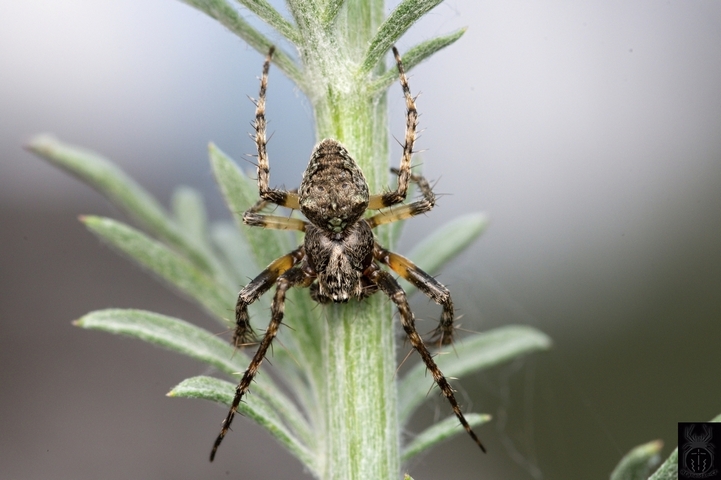
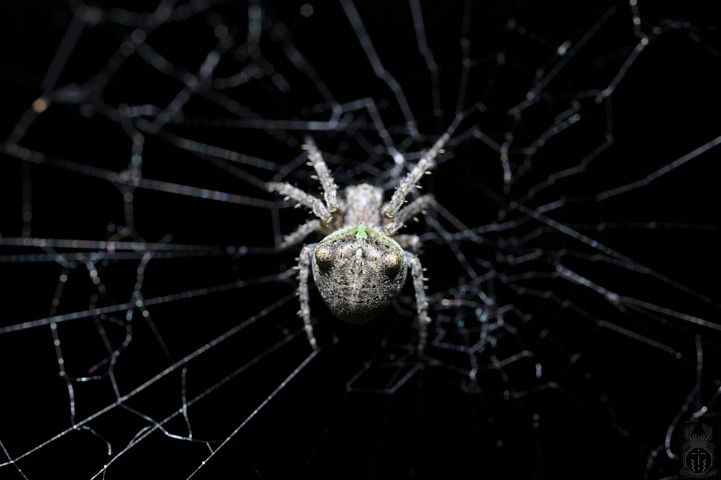
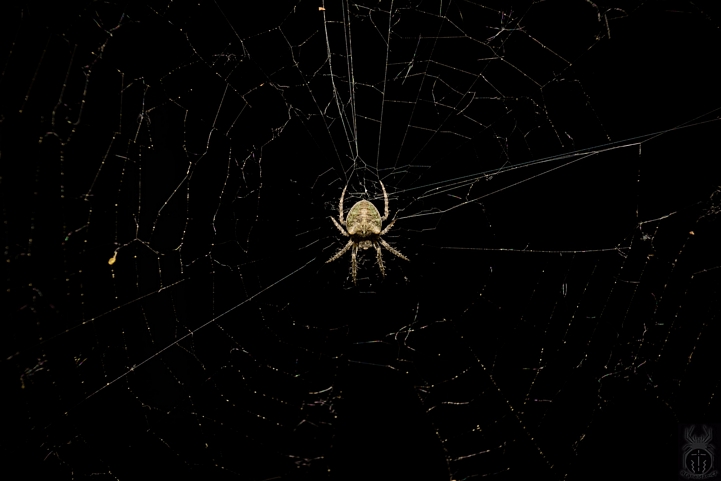

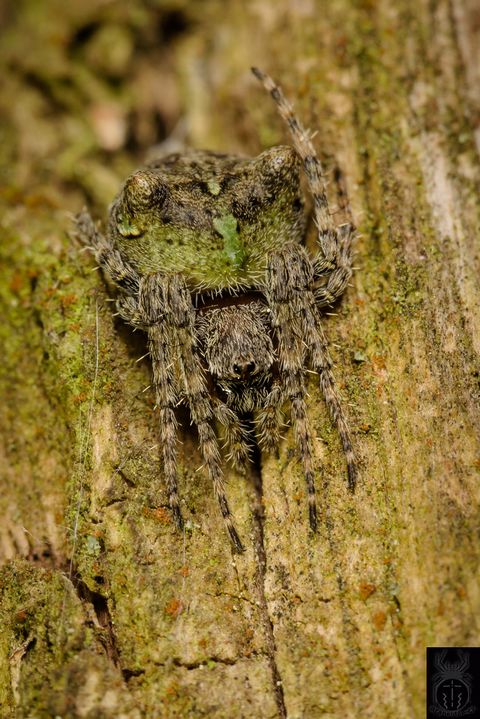


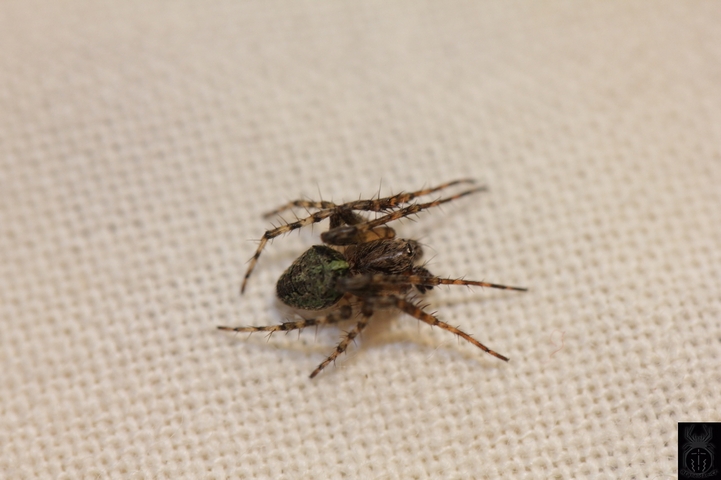
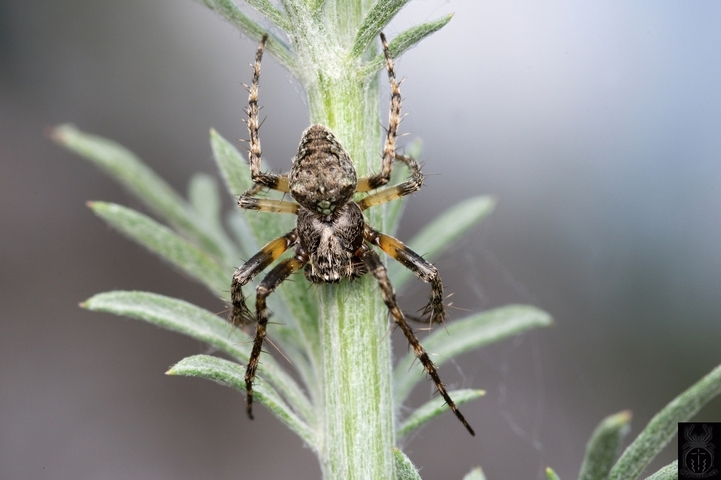
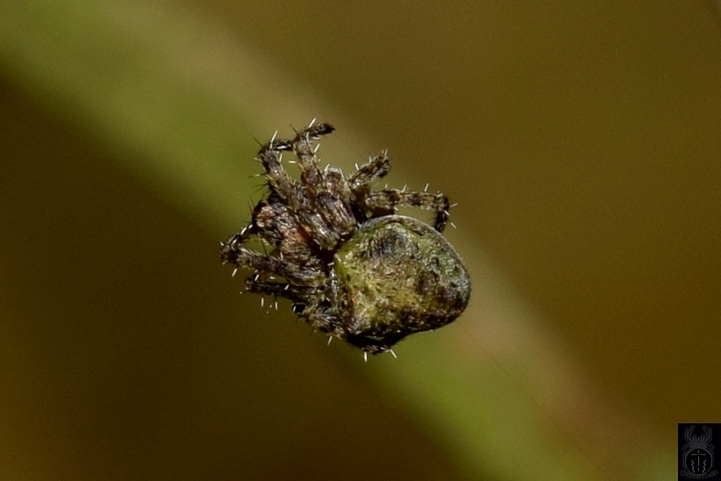
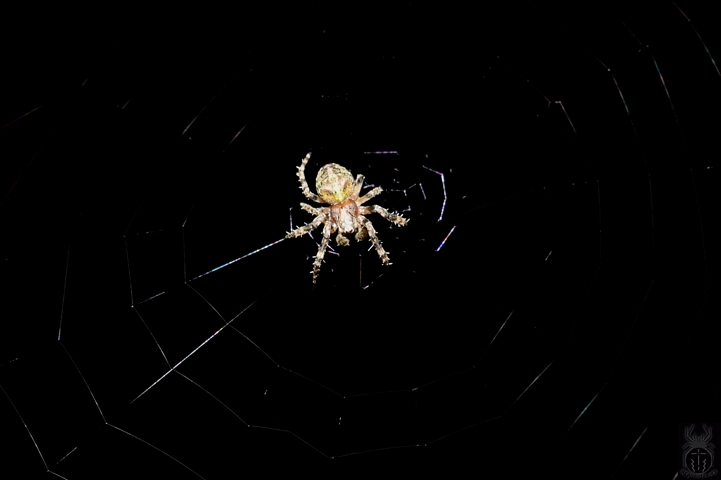



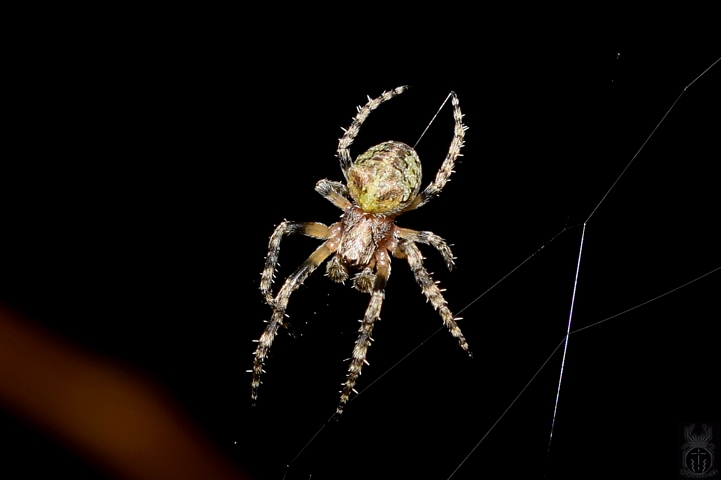
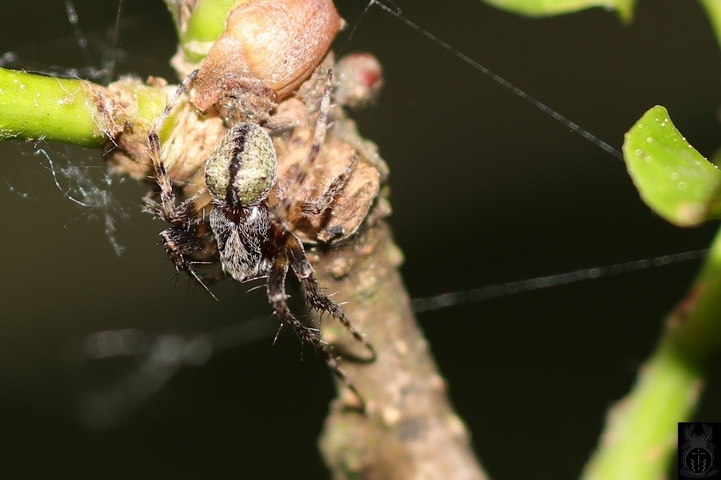
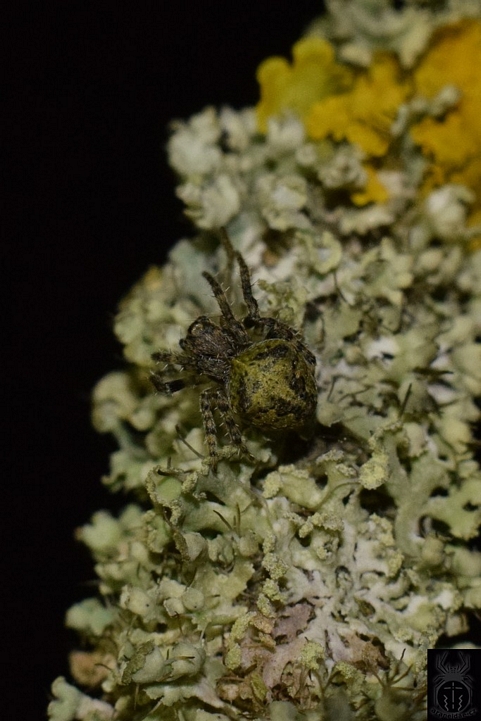
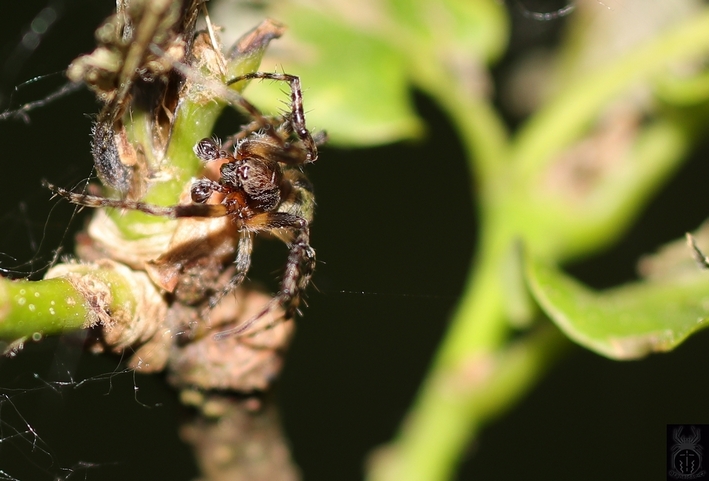
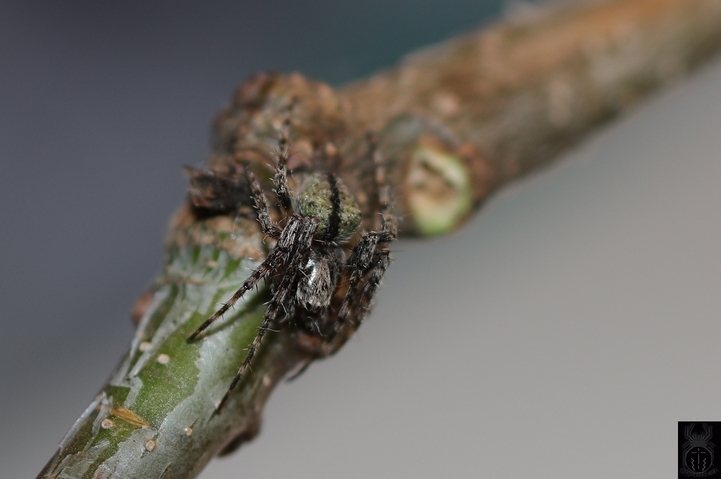
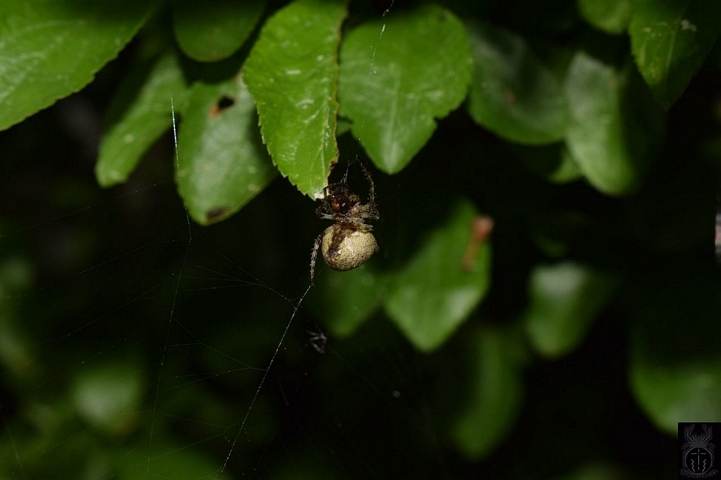
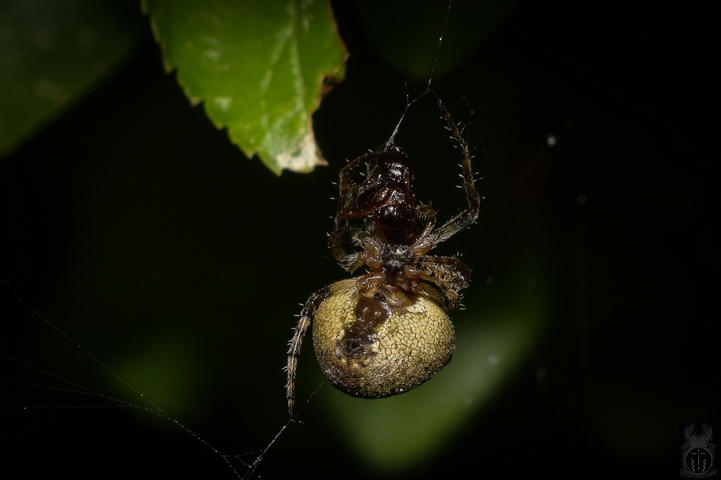


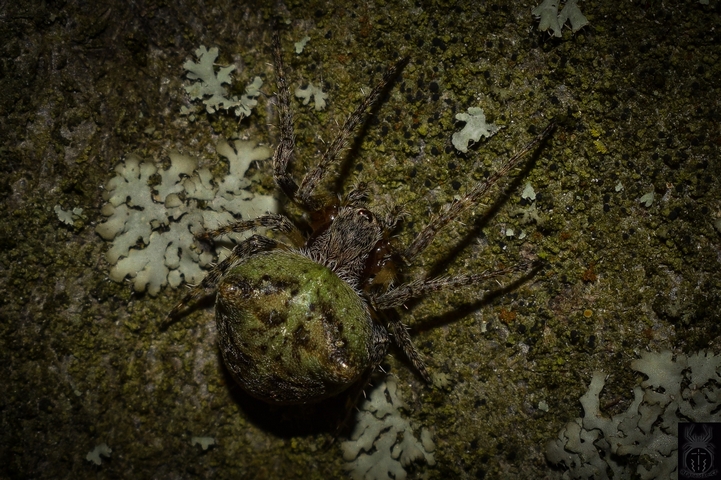
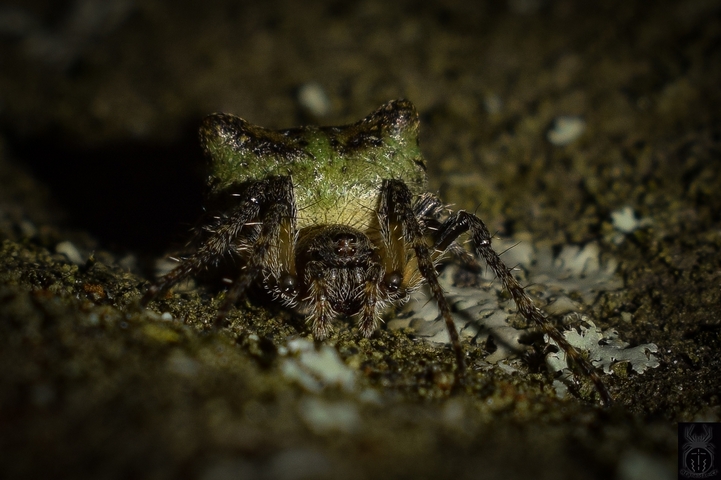

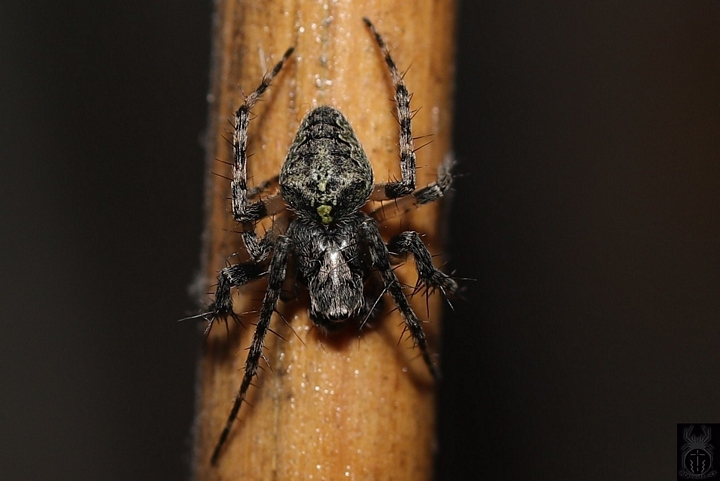

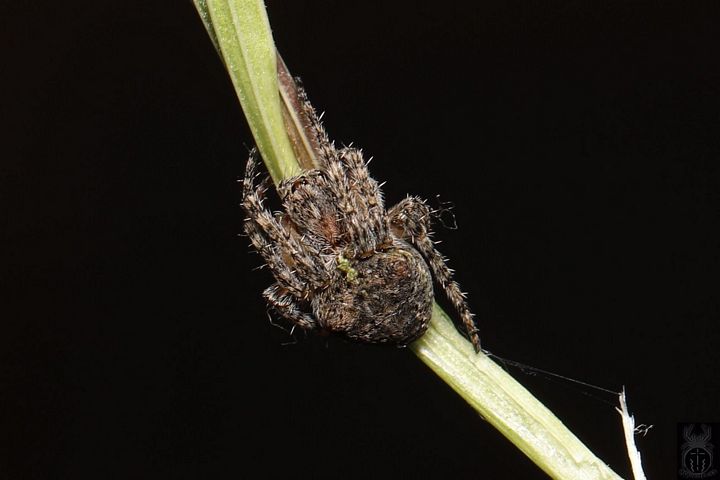

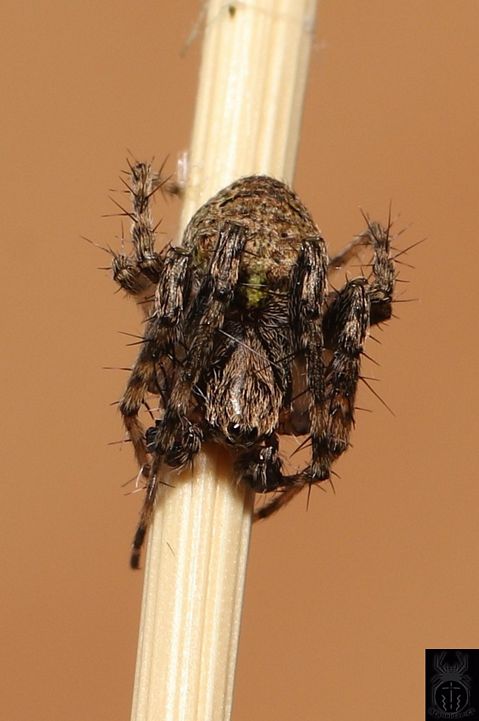
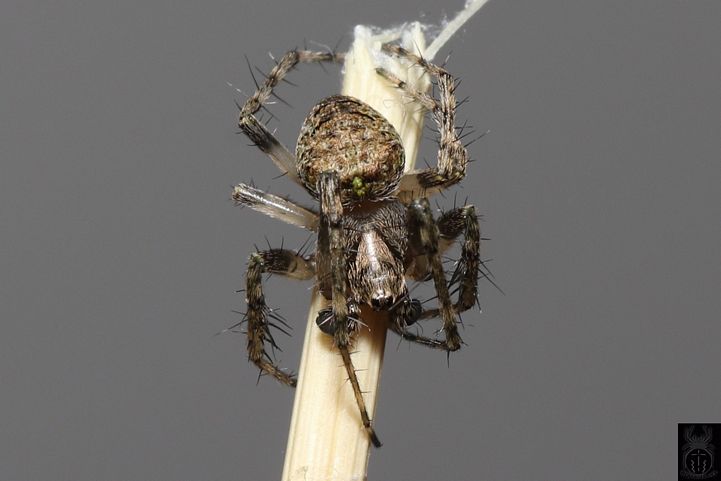
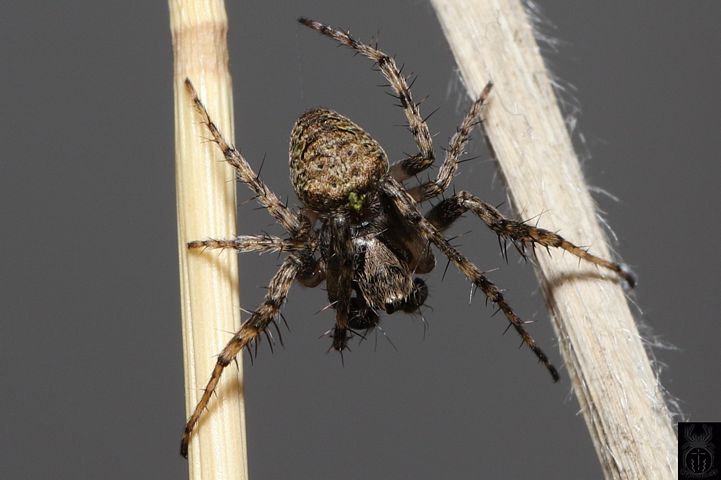

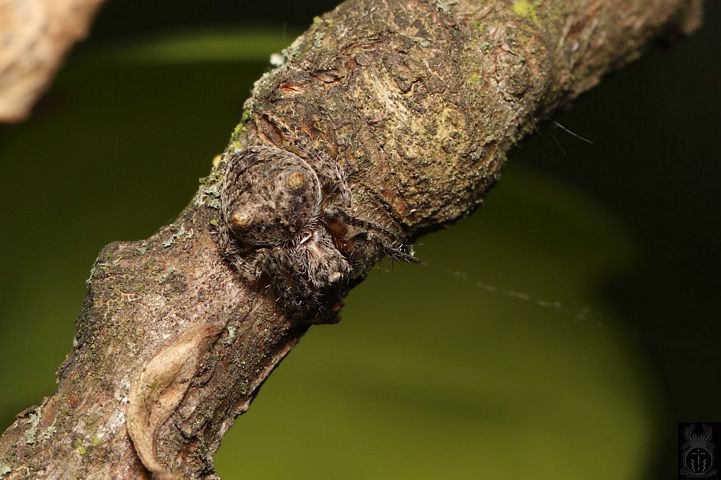

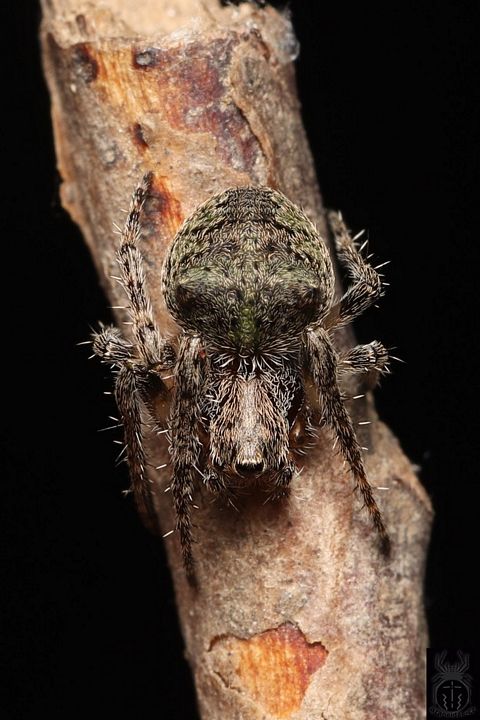
























© Araneidae-cz